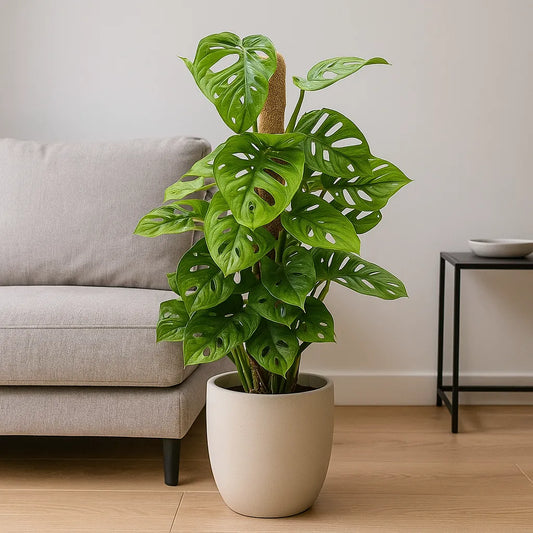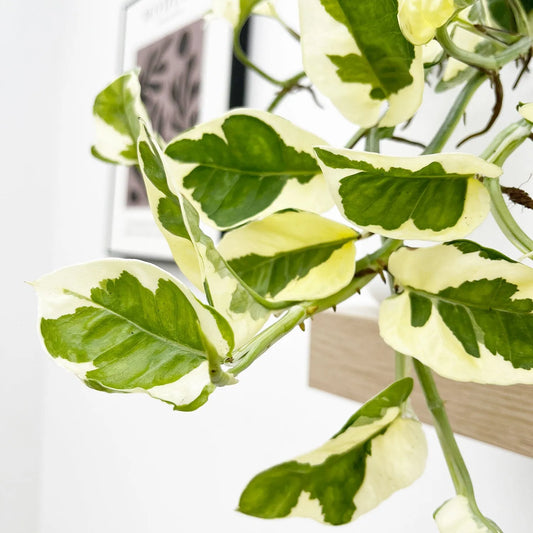A guide to Aspidistra care
Aspidistra, commonly known as the Cast Iron Plant, is a popular, low-maintenance houseplant known for its ability to tolerate a wide range of conditions. It is native to Asia and boasts long, dark green, leathery leaves that can add a touch of elegance to any indoor space. To ensure your Aspidistra thrives, follow this care guide:
-
Light: Aspidistra tolerates low light conditions well but grows best in bright, indirect light. Avoid direct sunlight, as it can scorch the leaves. If you're growing the plant indoors, place it near a window with filtered light or use a sheer curtain to diffuse sunlight.
-
Temperature: Aspidistra prefers moderate temperatures ranging from 60°F (15°C) to 75°F (24°C). It can tolerate short periods of colder temperatures but is not frost-tolerant. Keep it away from drafts and heating or cooling vents to avoid sudden temperature fluctuations.
-
Humidity: The Cast Iron Plant is adaptable to a wide range of humidity levels, making it suitable for most indoor environments. It will appreciate a humidity level of around 40-50%, but it can tolerate lower levels without significant problems.
-
Watering: Allow the top inch or two of the soil to dry out between waterings. Overwatering can lead to root rot, so it's important to avoid keeping the soil too moist. Use room temperature water and ensure the pot has drainage holes to prevent standing water.
-
Soil: Aspidistra requires well-draining soil with good aeration. A mix of one part potting soil, one part peat moss, and one part perlite or coarse sand should provide the right balance of drainage and water retention. You can also use a high-quality, pre-made houseplant potting mix.
-
Fertilization: Fertilize your Aspidistra sparingly, as it doesn't require much supplemental feeding. Use a balanced, slow-release fertilizer once or twice during the growing season (spring and summer), following the package instructions. Over-fertilizing can cause leaf burn and damage the plant.
-
Pruning: Remove dead or damaged leaves by cutting them at the base with clean, sharp pruning shears. Regularly clean the leaves with a damp cloth to remove dust and keep them looking vibrant.
-
Repotting: Repot your Aspidistra every 2-3 years or when it becomes root-bound. Gently remove the plant from its current container and place it in a new pot that is 1-2 inches larger in diameter. Fill the new pot with fresh, well-draining soil, and water thoroughly after repotting.
-
Pest control: Aspidistra is generally resistant to pests, but it's still important to regularly inspect your plant for signs of infestation. If you notice pests such as spider mites, mealybugs, or scale insects, treat the plant with insecticidal soap or neem oil.
By providing the proper care, your Aspidistra should thrive and become a resilient and attractive addition to your indoor plant collection.











Leave a comment
Please note, comments need to be approved before they are published.